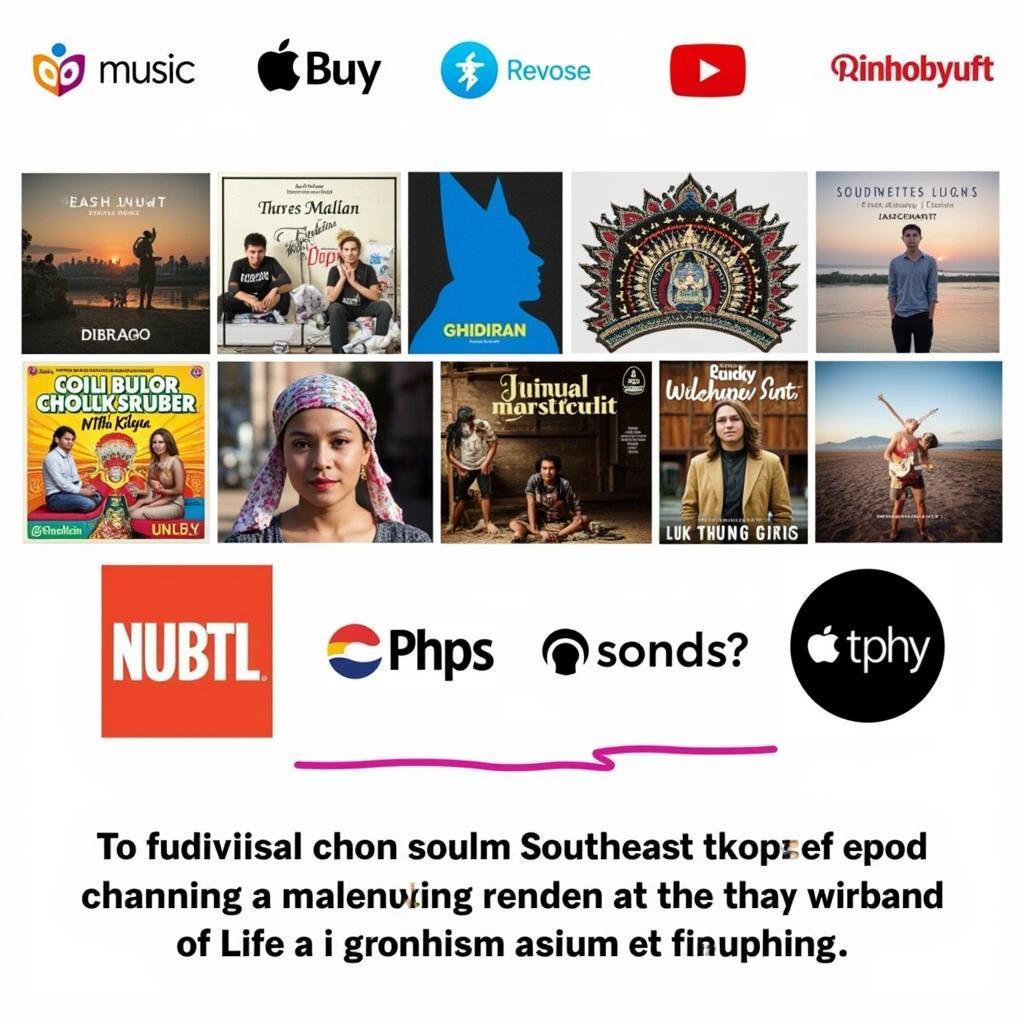The ASEAN Mutual Recognition Arrangement (MRA) on Architectural Services aims to facilitate the cross-border practice of architecture among the 10 ASEAN member states. This agreement, established in 2008, strives to streamline the recognition of architectural qualifications, promote professional mobility, and enhance the overall quality and competitiveness of architectural services within the region.
Breaking Down Barriers, Building Opportunities
The MRA on Architectural Services stands as a testament to ASEAN’s commitment to economic integration and regional cooperation. By harmonizing architectural standards and facilitating the movement of skilled professionals, the agreement aims to:
- Enhance economic growth: By encouraging cross-border trade in architectural services, the MRA contributes to the expansion of the construction industry and overall economic development within ASEAN.
- Improve the quality of life: By facilitating access to high-quality architectural services across the region, the MRA promotes the development of sustainable, safe, and aesthetically pleasing built environments.
- Promote cultural exchange: The free flow of architects within ASEAN fosters a greater understanding and appreciation of diverse architectural styles, traditions, and heritage.
Key Features of the MRA on Architectural Services
The MRA on Architectural Services operates on a system of reciprocity, whereby each ASEAN member state agrees to recognize the architectural qualifications and professional experience of architects registered in other member states. Key aspects of the agreement include:
- Establishment of the ASEAN Architect: The MRA outlines the criteria for architects to be registered as an “ASEAN Architect,” granting them the privilege to practice in other ASEAN countries.
- Harmonization of standards: The agreement sets minimum standards for architectural education, professional experience, and ethical conduct, ensuring a consistent level of quality across the region.
- Facilitation of temporary practice: The MRA outlines procedures for architects to obtain temporary licenses to practice in other member states for specific projects.
Benefits for Architects and the ASEAN Community
The MRA on Architectural Services presents significant advantages for both individual architects and the ASEAN region as a whole:
For Architects:
- Expanded career opportunities: The MRA opens doors for architects to pursue projects and gain experience in different ASEAN countries, broadening their professional horizons.
- Increased earning potential: The ability to practice across borders provides access to a wider market and the potential for higher salaries and fees.
- Professional development: Exposure to different architectural styles, building techniques, and regulatory environments enhances professional skills and knowledge.
For the ASEAN Community:
- Enhanced competitiveness: The MRA promotes a more competitive architectural services sector within ASEAN, attracting foreign investment and fostering innovation.
- Improved quality of built environment: Access to a larger pool of skilled architects improves the quality and diversity of building design and construction across the region.
- Strengthened regional integration: The MRA contributes to a greater sense of community and shared purpose among ASEAN member states.
Challenges and Future Outlook
While the MRA on Architectural Services has made significant strides, challenges remain in its full implementation:
- Differences in regulations: Variations in building codes, regulations, and approval processes across ASEAN countries can create obstacles for architects seeking to practice abroad.
- Lack of awareness: Many architects and potential clients remain unaware of the benefits and procedures associated with the MRA.
Addressing these challenges requires ongoing efforts to:
- Further harmonize regulations: Continuous dialogue and cooperation among ASEAN member states are needed to align building codes and streamline administrative processes.
- Increase awareness and outreach: Targeted information campaigns can educate architects and the public about the benefits of the MRA and the procedures for cross-border practice.
The ASEAN MRA on Architectural Services represents a crucial step towards greater regional integration and economic cooperation. By continuing to break down barriers and build opportunities for architects, the MRA will contribute to a more prosperous, sustainable, and culturally vibrant ASEAN community.
Frequently Asked Questions about the ASEAN MRA on Architectural Services
1. How do I become an ASEAN Architect?
To become an ASEAN Architect, you must meet the eligibility criteria outlined in the MRA, which includes holding a recognized architectural qualification from an ASEAN member state, having a certain number of years of professional experience, and adhering to a code of professional conduct.
2. Can I practice architecture in any ASEAN country with an ASEAN Architect registration?
While the ASEAN Architect registration facilitates cross-border practice, it doesn’t automatically grant you the right to practice in any ASEAN country. You still need to fulfill the specific registration requirements of the host country where you intend to practice.
3. What are the benefits of hiring an ASEAN Architect?
Hiring an ASEAN Architect gives you access to a wider pool of talent and expertise. ASEAN Architects bring diverse perspectives, innovative ideas, and experience from different ASEAN countries, potentially enriching your project.
4. Where can I find more information about the ASEAN MRA on Architectural Services?
You can find more information on the ASEAN Secretariat website or contact your local architectural professional body.
Need further assistance?
Contact us:
Phone Number: 0369020373
Email: aseanmediadirectory@gmail.com
Address: Thon Ngoc Lien, Hiep Hoa, Bac Giang, Vietnam.
Our dedicated customer support team is available 24/7 to assist you.
